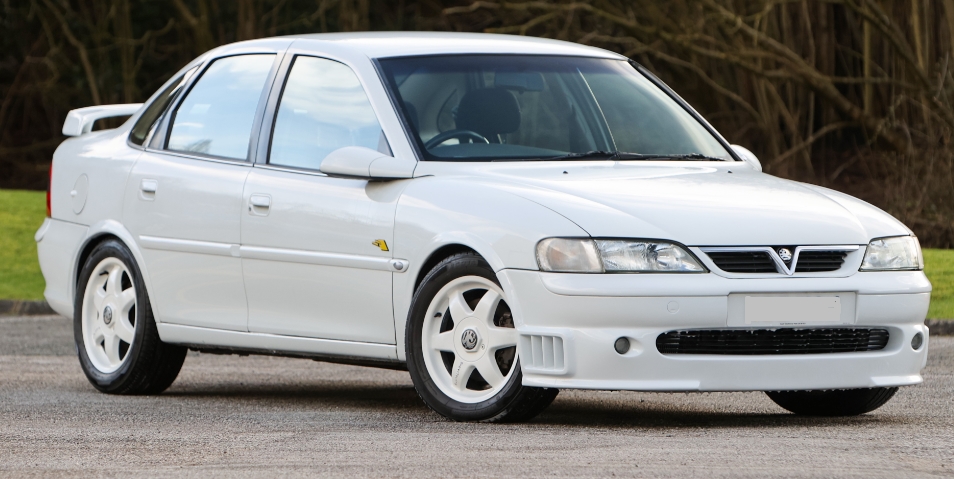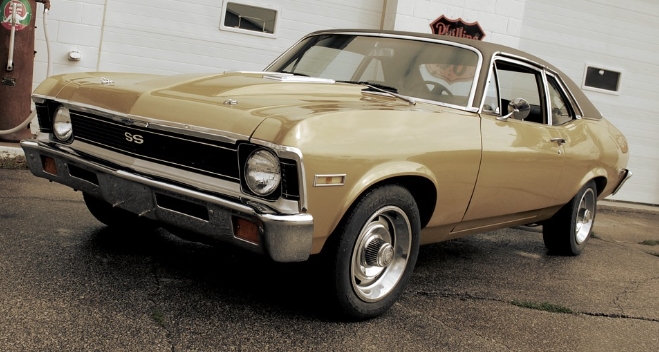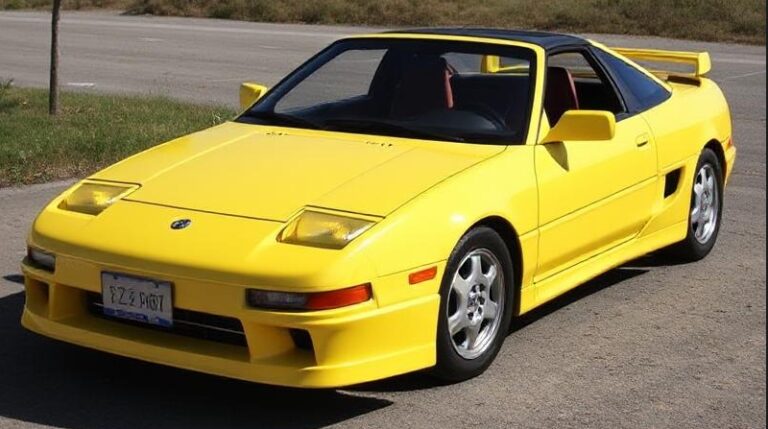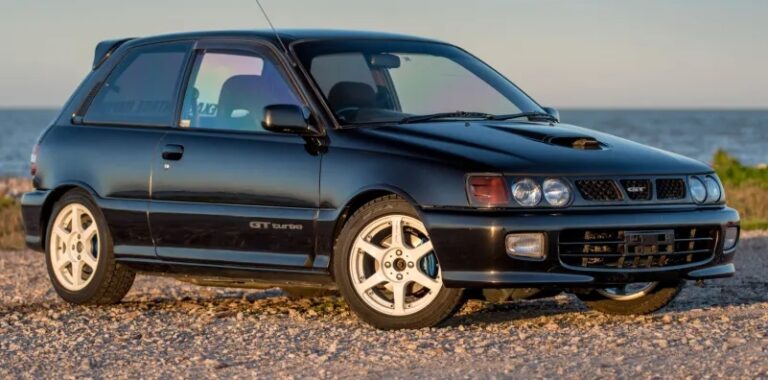The Unsung Hero: Charting the Evolution of the Vauxhall Vectra
On the motorways and B-roads of Britain, few cars have been as ubiquitous, yet as quietly debated, as the Vauxhall Vectra. For over a decade, it was the backbone of company car fleets, the reliable choice for families, and a staple of the UK’s automotive landscape. Often overshadowed by its arch-rival, the Ford Mondeo, and subject to criticism from motoring purists, the Vectra’s story is one of adaptation, ambition, and quiet competence. Its evolution across three distinct generations tells a fascinating tale of a car that constantly strove to meet the changing demands of the British driver.
The Prequel: The Cavalier Mk3 (Vectra A) (1988-1995)
To understand the Vectra, one must first acknowledge its hugely successful predecessor. While the rest of Europe knew the car as the Opel Vectra A, in the UK it wore the much-loved Vauxhall Cavalier badge. Launched in 1988, the Mk3 Cavalier was a quantum leap forward from its boxy predecessor. Its sleek, aerodynamic design was modern and efficient, immediately winning favor with the public and fleet managers.
Available as a four-door saloon and a five-door hatchback, the Cavalier offered a vast range of options to suit every pocket.
Trim Levels: The hierarchy began with the spartan Base and L models, moving up through the popular mid-range LS and GL. For those seeking more comfort and luxury, the GLS, CD, and range-topping CDX offered features like electric windows, sunroofs, and plusher interiors.
Sporting Models: Vauxhall also cultivated a strong performance image. The SRi provided a sporty flavor for the masses, but the true halo models were the formidable GSi 2000 with its legendary 16-valve “Red Top” engine, and the technologically advanced, rally-bred Cavalier Turbo 4×4, a discreet supercar-slayer of its time.
The Cavalier Mk3 was a monumental success, consistently battling the Ford Sierra (and later, the Mondeo) for the top spot in the sales charts. When its replacement was announced, the pressure to succeed was immense.
The Arrival: The Vectra B (1995-2002)
In late 1995, the Cavalier name was retired, and the UK market was officially introduced to the Vectra. The Vauxhall Vectra B shared its platform and soft, rounded styling with its European Opel counterpart. It aimed to build on the Cavalier’s success with improved safety features, more refined engines, and a more comfortable ride.
However, it faced a rocky start, famously enduring a scathing review from Jeremy Clarkson, who criticized its uninspired handling and bland character.
Despite this, the public and fleet buyers voted with their wallets, and the Vectra B became a common sight. It was offered in three practical body styles: a four-door saloon, a five-door hatchback, and, for the first time in this class for Vauxhall, a capacious five-door estate.
The trim level structure was comprehensive:
Core Range: The entry point was the Envoy, followed by the better-equipped LS and Club. The volume sellers were the well-appointed GLS and the luxurious CD and CDX models, which featured air conditioning, alloy wheels, and wood-effect trim.
Sporting Trims: The sporty SRi, often equipped with a new 2.5-litre V6 engine, offered firmer suspension and a bodykit. Vauxhall also capitalized on its British Touring Car Championship (BTCC) success with John Cleland, launching special editions like the Super Touring and the rare, V6-powered ST200. The ultimate expression was the GSi, fettled by Motor Sport Developments (MSD) with a more powerful V6 engine and aggressive styling.
In 1999, the Vectra B received a significant facelift. This “Phase 2” model was visually distinguished by single-piece clear headlights, body-colored rubbing strips, and a revised grille. The interior was also updated, and handling was improved, addressing many of the early criticisms. This revised model saw the Vectra through to the end of its production run in 2002.
A New Direction: The Vectra C (2002-2008)
The third and final generation, the Vectra C, represented a major strategic shift. Launched in 2002 on GM’s new global Epsilon platform, it was a significantly larger, heavier, and more sophisticated car, designed to compete not just with the Mondeo, but with more premium offerings like the Volkswagen Passat. The focus was on refinement, safety, and interior space.
Initially launched as a saloon and a distinctive, fastback-style five-door hatchback (badged initially as the GTS on sportier models), an estate version followed in 2003. The Vectra C’s model line-up was arguably its most complex.
The Signum: Alongside the standard Vectra, Vauxhall launched the Signum. Based on the Vectra estate’s longer wheelbase, the Signum was an unconventional executive hatchback. It sacrificed boot length for vast rear legroom and featured a unique “FlexSpace” seating system, allowing the rear seats to slide and recline individually. While an innovative concept, it struggled to find a market and was discontinued alongside the Vectra.
Trim Levels: The trim hierarchy was redefined. It started with Life and Club, moving through the volume-selling Elegance and sporty SXi and SRi models. The top of the range was the Design and the lavishly equipped Elite, which came with leather upholstery, advanced climate control, and a host of luxury features.
In 2005, the Vectra C received a major facelift, adopting Vauxhall’s new corporate face with a prominent “V” grille and redesigned headlights, bringing it into line with the Astra H. The interior materials and technology were also upgraded.
The VXR Swansong: The performance pinnacle of the entire Vectra lineage arrived with this facelifted model: the Vectra VXR. Powered by a turbocharged 2.8-litre V6 engine producing over 250bhp (later increased to 276bhp), the VXR was a formidable performance car. Available as a hatchback or estate, it was a true “Q-car”—subtle in its styling but devastatingly fast, capable of 0-60mph in around six seconds. It was a fittingly powerful swansong for the nameplate.
.

.
The End of an Era
By 2008, the traditional family saloon market was shrinking. Vauxhall decided a radical change was needed, and production of the Vectra and Signum ceased. Its replacement, the Vauxhall Insignia, arrived with a new name, a dramatic new design language, and a clear move further upmarket.
The Vauxhall Vectra’s journey from a Cavalier-in-all-but-name to the sophisticated VXR is a mirror to the evolution of the mainstream car market in Britain. It was rarely the most exciting car on the road, but for hundreds of thousands of drivers, it was the right car: practical, affordable, and dependable. A true workhorse of the road, the Vectra earned its place not as a poster car, but as an unsung hero of British motoring.







